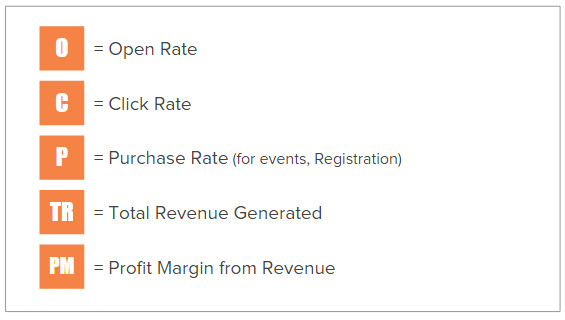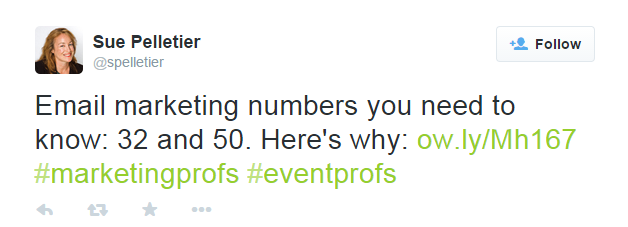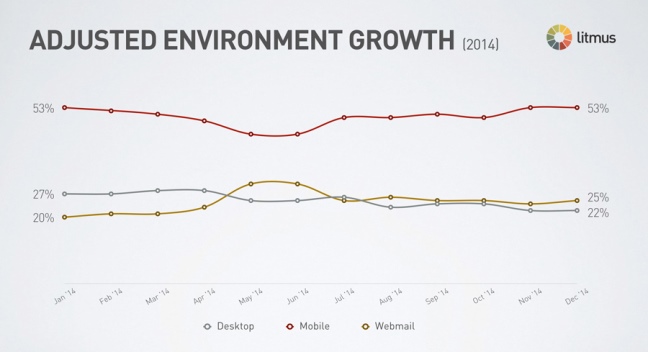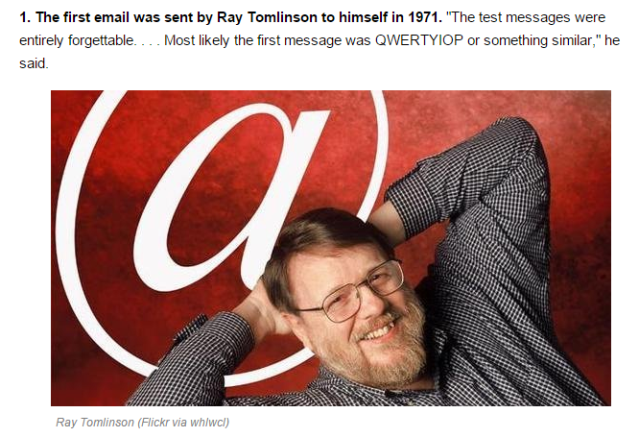Don’t worry, we haven’t lost our marbles. We are not advocating that events stop using email completely, just for one important component … connecting sponsors and/or exhibitors to attendees.
The events industry is growing. In our world of digital overload, people are increasingly turning to places (events) that bring like-minded people together to learn, see and do. That’s the good news. The bad news is that growth brings competition, which means more choice for attendees and sponsors.
As result, we are seeing the convergence of many types of events as industry-leading organizers seek to bring together the elements that are key for both sponsors and attendees.
CONNECTING SPONSORS TO ATTENDEES
One element that is extremely important for sponsors and also relevant for attendees is how an event chooses to connect its sponsors and/or exhibitors with attendees, especially prior to the event.
The most common method for making this connection is email, typically in one of three forms:
1. Shared Email – the least offensive for your audience and the least effective for your sponsors. This approach groups multiple sponsors/exhibitors into one email with links to their respective websites or landing pages.
2. Dedicated Email – moderately more effective for sponsors, but more offensive to attendees because of the volume of messages received. This approach also puts more work on the organizer as it requires them to aggregate content from multiple sources and manage a more complex communications calendar.
3. List Share – Providing the attendee list, with contact info, to sponsors/exhibitors prior to the event so they can email attendees. This certainly minimizes work for the organizer, but is by far the most offensive to attendees. The conundrum is that the perceived value of this method for sponsors/exhibitors is high (notice we say “perceived value” not “actual value”). This approach also has significant, negative long-term impacts to the most valuable asset owned by an event … its attendee database. To be blunt, if you are doing this today, please stop.
Consider the experience of your attendees in the 2 weeks leading up to your event. For them to have a great experience, you need to be able to communicate important information about the event, which today is accomplished almost entirely via email.
Now include the 2 … 10 … 20 … or more messages coming from your sponsors or exhibitors. Does this provide an exceptional experience for your attendees? From the attendee’s perspective, is email the most effective way to receive information from sponsors?
STOP USING EMAIL
So why should events stop using email to help their sponsors and exhibitors connect with their audience? We list below two important reasons.
REASON #1: It Is Eroding the Value of Your Event
Wait, what? How can that be? Sponsors pay good money to reach attendees and we’ve been able to increase fees for sponsor emails every year?
This common response is taking a transactional view of an email address. It is important to look at the bigger picture. The relationship view.
“Behind every email address is a person. The relationship with the person is what creates value, not the email.”
tweet this
Taking the relationship view, what is the value of an email and, collectively, your email list?
To set a framework for this process, we reference a formula found in a post on the American Express Open Forum by SimpleRelevance.
O x C x P x TR x PM = Proft Contribution
This formula is obviously geared to an ecommerce model, but the process is insightful for event organizers as it forces you to answer the question, “what is the Lifetime Value (LTV) of an email in my database?”
The LTV of an email (person) in your database is more complicated than simply the number of times they register for your events multiplied by the registration fee. Without attendees you would not have sponsors, so consider how each attendee contributes to your ability to obtain and charge sponsors and/or exhibitors.
The Deadly Unsubscribe. Every marketer fears the deadly unsubscribe. Lose the email (through unsubscribes), lose the person, lose the value … Lifetime Value!
But what about open rate? If your attendees don’t open your email, it is functionally the same as an unsubscribe … you have lost the ability to communicate with them, which erodes value.
Email is not free. Quite the opposite. The opportunity to email your database is actually one of the most valuable assets in your event portfolio as it is the primary vehicle for you to build a relationship with attendees.
REASON #2: Mobile Forces Simplicity
Thanks to a recent tweet from Sue Pelletier, Editor at MeetingsNet, we were tipped off to an article by Emily Konouchi, Director of Content and Communications at the email software company Emma.
The post provides “Four Tips for Click-Worthy Communications,” which we’ve summarized below.
1. Go with a “From” name they know and trust
Your attendees (past, present and prospective) certainly know your event, but you must earn the right to have your message opened (trust), which is based on your past behavior.
2. Forget about the perfect subject line
This from the pros at Emma … “There isn’t one. (Trust me we’ve checked)”
For subject lines what really matters is 32 (the max number of characters an iPhone will display) and 50 (the number of characters above which increases your odds for the spam folder).
3. Don’t skip the preheader text
Another big deal on mobile
4. Design for mobile first
Did you know that more than 50% of email opens are on a mobile device? This means all of your communications need to be mobile first (note, not just “friendly“).
So what’s the Big Idea for event organizers?
Simple is better.
Stop right here. Go take a look at your last email communication to your attendees, especially one focused on your sponsors. Is it simple? Designed with mobile first?
It is very difficult to say everything a sponsor wants to say in a simple, mobile-first email. This is particularly true of shared emails that often contain LOTS of content and multiple calls to action. So now what?
CONSIDER ALTERNATIVES
When we started developing the Virtual Event Bags platform in 2010, we did so with three key principles in mind:
1. Simplicity is King – Event organizers are some of the most overworked people on the planet. Therefore, any tool they use needs to be simple and easy-to-use. Not only for themselves, but for their sponsors and attendees.
2. Mobile First – It’s hard to believe, but the mobile revolution is less than 10 years old, effectively beginning when Apple released the iPhone in 2007. Today, mobile is the primary vehicle people use to filter the flow of messages, so we designed accordingly.
3. Leverage the Web – see point #1. The web is ubiquitous and provides a huge range of engagement options. By using the web (not a mobile app that needs downloading), we can leverage ALL of the communication channels available to connect your sponsors with attendees; email, social, website and even your existing mobile app.
Events have likely been using email to message attendees on behalf of their sponsors since the 1970s.
Do you remember when online event registration first arrived? For a variety of reasons, it took several years before it became widespread. Can you imagine not having online registration today?
We feel the same is true of our approach to connecting sponsors and exhibitors to attendees. Whether through Virtual Event Bags or some other mobile-first, web-centered method, it is just a matter of time before events stop using email.
To learn more about how Virtual Event Bags can help your next event visit our website or take a tour.




